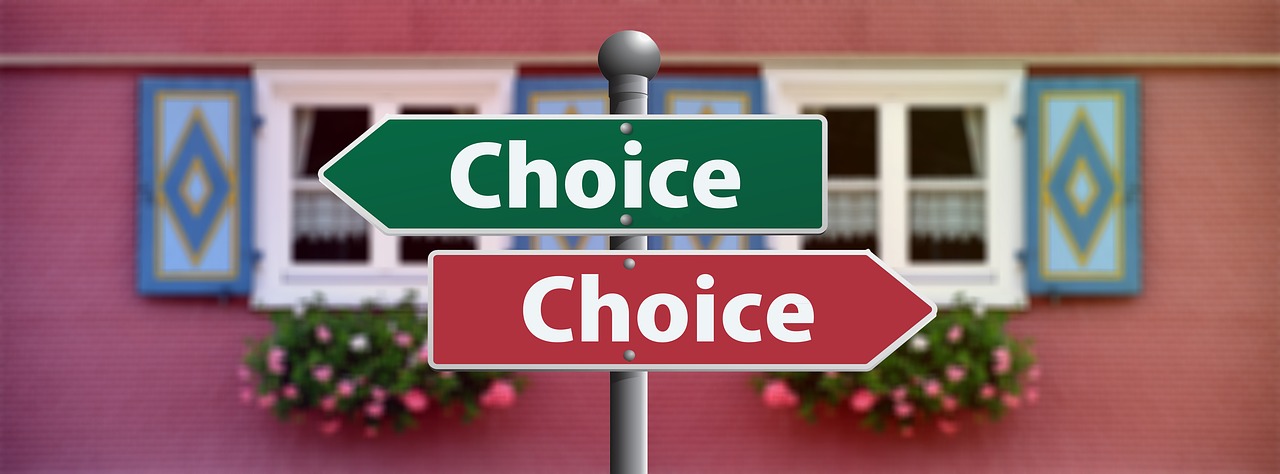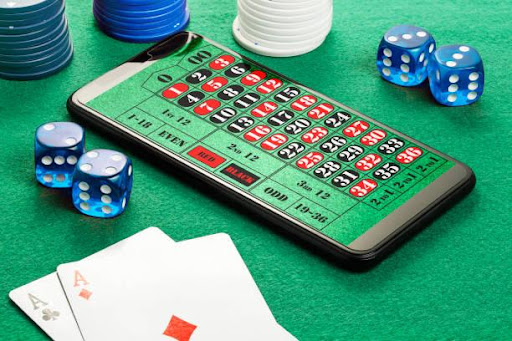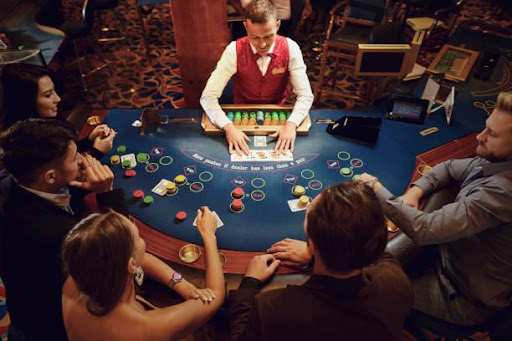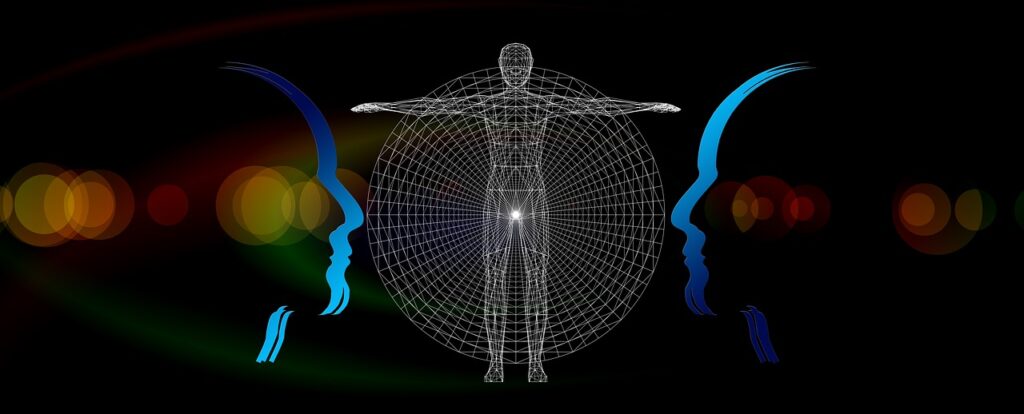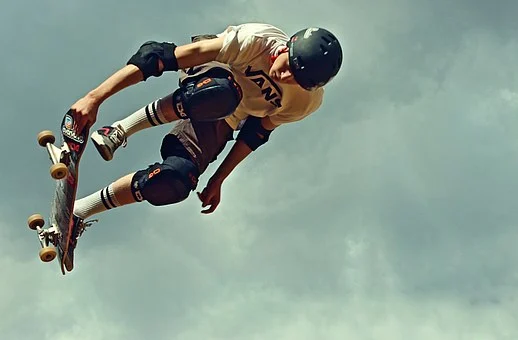Sometimes a decision isn’t a good decision. Sometimes it’s a bad decision that will likely lead to an unhappy outcome. Sometimes it’s the best decision, sometimes it’s the second best decision. Sometimes it’s the third best decision, and sometimes it’s the worst decision.
Our decision map is one that we use to evaluate the relative merits of all the different decisions that we make. It’s a map of the decisions that we’ve been contemplating since we started our journey on our journey. Our map is broken into small pieces, each of which contains a decision, and from there we can choose to evaluate the decision that we’ve taken based on its effect on what we’ve done.
Our map is broken into two main components – the decision weve made, and the decision weve taken. The decision weve made, is the decision that we evaluated based on how it impacted the decisions that weve made. The decision weve taken, is the decision that we evaluated based on how it ended up making us feel (like having to change it).
Decision mapping is, for me, one of the most useful aspects of our game. It lets us visualize how decisions impact the actions that we take, but more importantly, it lets us know what kind of decisions we should always keep in mind. A good example of this would be when you try to pick the right size for your coffee table and it ends up taking up half the room. I would recommend not doing this.
It’s important to remember that not every action has to be a negative one. If you’re in the middle of fighting a giant gorilla, maybe you shouldn’t be fighting the gorilla. You’ve probably been conditioned to think that way, but it’s not always the best decision to fight a gorilla. If you decide to charge into the giant gorilla, then you’ll be putting yourself at risk.
If you are going to be in the middle of a fight against a giant gorilla, you really shouldnt be fighting the gorilla. If you are trying to do this without risking your life, then its probably the wrong decision.
In the game, the decision of when to fight the gorilla is determined by how bad your decision is. If you decide to fight the gorilla based on the fact that your opponent is a gorilla without any weapons you are probably going to be badly injured, and you should probably stop. If you decide to fight the gorilla based on how much damage you can do then it may be a good idea to keep trying to do it.
The decision map is a strategy game in which the goal is to choose the most likely action to kill all your opponents. The first time you play it, you are given a number of possible outcomes, and you have to pick the one that has the highest outcome. If you have a bad day, you can’t win. If you make a bad decision, you can’t win. A bad day isn’t the same as a bad decision.
The game is very meta and I think it is a great example of the need for decision making, and the dangers of not playing it in the first place. When you put yourself in the position of the player, you have something to lose, and something to gain. You lose something, and you gain something. So when you play it, you are a lot more conscious, and it is much more important to think about what is happening and how it will affect your results.
The problem is that most of the decisions most people make in games are bad, and they are based on poor evaluation. In other words, making decisions that lead to the loss of something, or the gain of something else, is what makes people lose and not win, and it is precisely the reason games are so awful to play. The bad decisions you make, and the bad evaluation you make, leads you to lose, so you can’t win.

 blog3 years ago
blog3 years ago
 Technology2 years ago
Technology2 years ago
 Startups2 years ago
Startups2 years ago
 blog7 months ago
blog7 months ago
 blog2 years ago
blog2 years ago
 blog2 years ago
blog2 years ago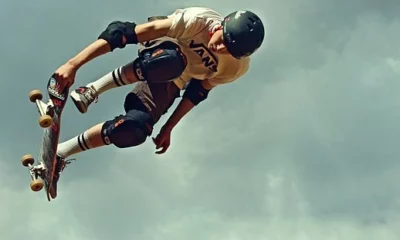
 blog2 years ago
blog2 years ago
